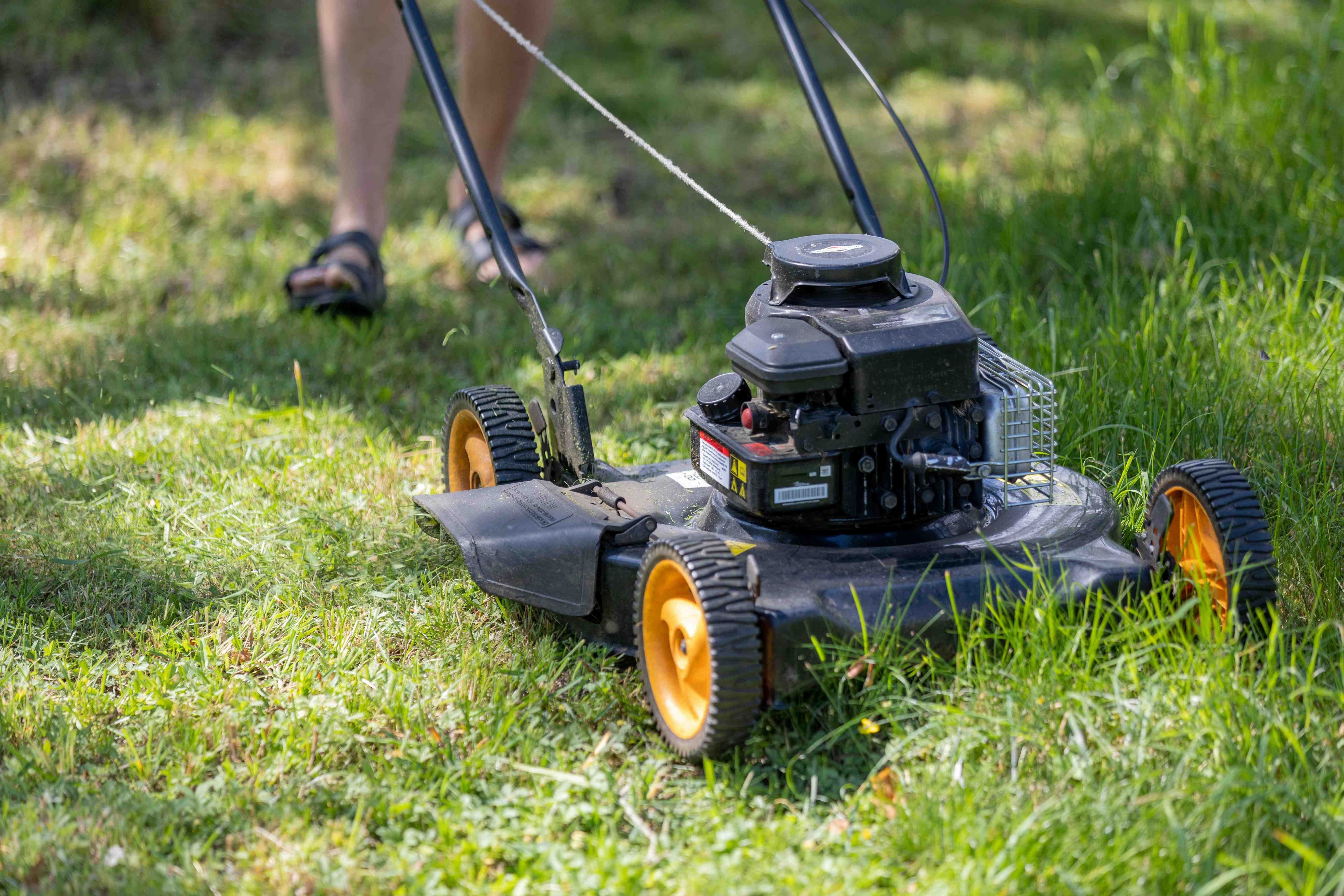Smoke detectors are essential to any home's safety system, providing early warnings in the event of a fire. However, more than installing smoke detectors, regular testing is crucial to ensure they function correctly. This guide will walk you through the steps to effectively test your smoke detectors and keep your home safe.
Step 1: Gather Necessary Supplies
Before you begin testing your smoke detectors, gather the following supplies:
A sturdy stepladder (if needed to reach ceiling-mounted detectors).
A partner or family member to assist, if possible.
A broom handle or similar tool (optional for testing hard-to-reach detectors).
A can of compressed air (optional for cleaning dust and debris from detectors).
Step 2: Notify Household Members
Inform everyone in your household that you'll be testing the smoke detectors. This prevents unnecessary alarm or panic when the detectors sound during testing.
Step 3: Locate Smoke Detectors
Identify the locations of all smoke detectors in your home. They are typically found on ceilings or high on walls, near bedrooms, and in common areas such as hallways and living rooms.
Step 4: Check Power Source
Ensure that your smoke detectors have power. Most detectors are either hardwired into the house's electrical system or powered by batteries. If they're battery-operated, replace the batteries if they're over six months old.
Step 5: Choose Test Method
There are two standard methods for testing smoke detectors:
Manual Test Button: Most smoke detectors have a test button. Hold this button for a few seconds until you hear the alarm. This tests the detector's internal circuitry and alarm.
Smoke Test: Light a match or use a smoke detector test aerosol spray (available at hardware stores). Hold the smoking source a few inches below the detector and wait for the alarm to sound. Be careful not to hold the smoke source too close to avoid damaging the detector.
Step 6: Test Each Detector
Starting from one end of your home, proceed to test each smoke detector:
If using the manual test button method, press and hold the test button until the alarm sounds.
If using the smoke test method, hold the smoking source below the detector until the alarm sounds.
Confirm that the alarm is loud and distinct. If it sounds weak or muffled, replace the batteries or the entire detector if necessary.
Step 7: Document and Schedule Regular Tests
Record when you tested each smoke detector and replace batteries as needed. Schedule regular tests every six months to ensure ongoing functionality.
Step 8: Maintenance and Cleaning
Periodically clean your smoke detectors to remove dust and debris, which can interfere with their operation. Use a can of compressed air to blow away any buildup gently.
By following these steps and regularly testing your smoke detectors, you can ensure that they're functioning correctly and provide your household with the early warning they need in the event of a fire. Remember, safety should always be a top priority in every home.



